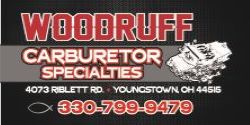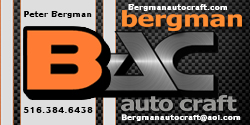I would think if your ring ends butt on a cold motor you are gonna break rings or ring lands at operating temp. Are you talking about gapless rings maybe? Maybe i,m wrong. I see youre ase certified. Guess you would know
Well, something to do during assembly is to put each ring into its individual bore and check the end gap in three spots, at the top half way down, then the bottom of each bore. I know it takes some time to do, but at least you know what you've got. I've used quite a few file fit rings where you have to do this, but it's always a good thing to check, even with "non-file" fit rings. I haven't let them go out of spec, so I don't realy know what all the results could be. I have never wanted to destroy enough engines to find out al the potential failures...LOL!
BTW, gapless and file fit are two different animals. With the gapless, you have an additional "thin" ring that goes in the same ring groove as the compression ring bridging over the gap. The design relys on the cyl pressure leaking behind the top ring, through the groove and then to the second ring to force it out against the cyl wall to seal it. Conventional rings sometimes do this too, but also escapes through the ring gap to seat the second ring. You can see this if you take a good look at the profile of the ring and notice the taper on the ring on the back side "towards the ring groove". I think the first thing that you would notice would be a hard to turn crankshaft during assy. if they are to close with a not so perfect cyl bore. I know some shops will do final hone using a hand held type hone. This can lead to taper if not done right / consistant. Others use a hone on a machine, just as the boring machine does. The later of the two is the best method for consistancy.
One of the other checks "prefered" is to use a telescopic guage to measure cyl bore. Once again, you check in three locations, but at each of the three spots, you will want to turn the guage 90deg and check again. This will show you any egg shape to the bore as well as taper. You end up taking six readings tottal per cyl bore this way. Time consuming yes!
But what the heck do I know,,, mine wont run worth a damn right now!!...LOL, I have other issues though.:angel3:
















